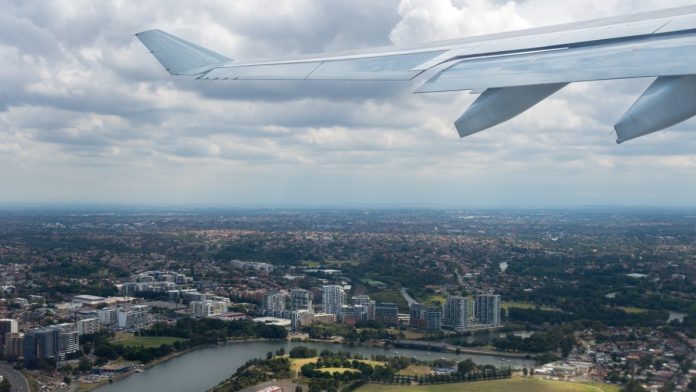As the leading destinations for Australian medical tourists open their borders, the Australian government has lifted a ban on its citizens travelling overseas for tourism and medical tourism.
Thousands of Australians normally go abroad for cosmetic surgery, dental care and weight loss treatment – mostly to Malaysia, South Korea and Thailand. But, for 19 months, strict border closures have significantly reduced inbound and outbound medical travel.
As Australia’s national vaccination rate approaches 80%, fully vaccinated citizens and permanent residents no longer need to apply for an exemption to leave the country from November 1.
Travellers will need to provide evidence of their vaccination status at airport check-in when departing Australia.
Children under the age of 12, and those who cannot be vaccinated for medical reasons can travel overseas without an exemption. Unvaccinated travellers still need to seek a travel exemption and will be subject to quarantine arrangements, which are managed by states and territories, when returning to Australia.
Before the end of the year, the government anticipates welcoming fully vaccinated skilled workers and international students. Inbound tourism and medical tourism is not likely to resume until 2022.
Singapore is opening a quarantine-free travel corridor with Australia, allowing fully vaccinated Australians, permanent residents and their families to enter the country without having to quarantine from November 8.
Australia has dropped its “do not travel” warnings for over 150 countries. Several countries including Thailand are at the amber alert of ‘Level 3 – reconsider your need to travel’, which may exclude it from many travel insurance policies offered in Australia. Entry to Thailand requires medical insurance with a minimum cover of US$50,000.








 ©2024 All rights reserved LaingBuisson
©2024 All rights reserved LaingBuisson 


